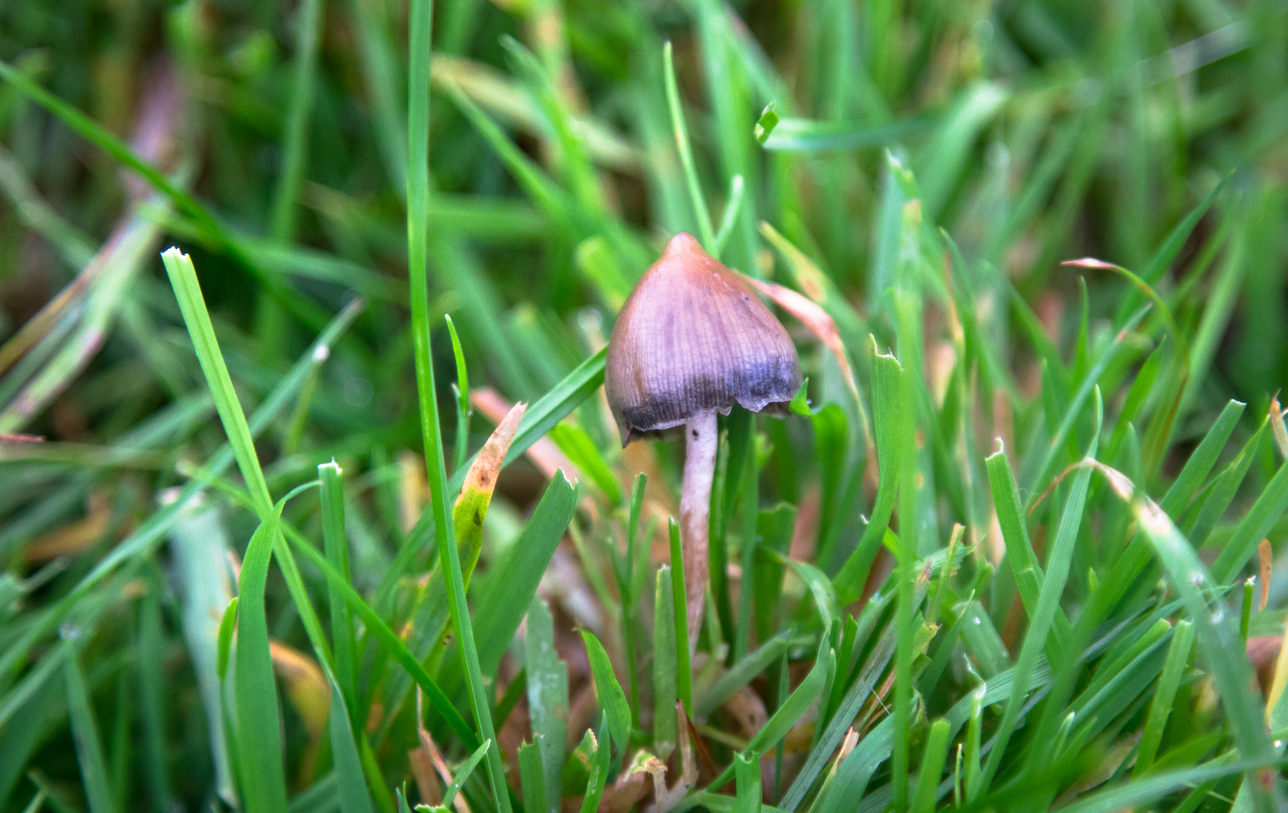Where do magic mushrooms grow? Where can you find these magical medicines? These are common questions people usually ask as we enter into mushroom picking season. Well let’s take a look in today’s blog of what you can find in Canada. Canada is vast and has an incredible amount of biodiversity that you can find out in the wild landscapes of the beautiful country. One of these being species of psilocybe mushrooms. From the western coast of BC to the eastern coast of Quebec, there is a variety of unique species that with the right knowledge can be identified and harvested. Let’s see some of the most common species to find out in the wilderness in the gift of autumn.
How do Magic Mushrooms grow?
Before we can get into where to find them, let’s go over how magic mushrooms grow. Like all mushrooms, they require damp, moist, and nutrient-rich areas. Many species grow directly from soil that is rich in organic matter, while others prefer decaying wood, mossy forest floors, or grasslands. How exactly do they grow? Well, first mushrooms release spores, these spores travel and then germinate in the right conditions, usually damp shaded areas. These spores then develop into mycelium, a root-like network of fungal threads. Mycelium is the root organism, the mushrooms that sprout on the surface are the fruiting bodies. Each species of mushroom thrives under slightly different conditions and times of year (typically in autumn). But all still require a balance of humidity and temperature. This is where Canada’s cool and moist fall climate creates ideal environments for wild mushrooms to fruit and thrive. Now what are we able to find in Canada? Lets dive in and find out.
Liberty Caps
Liberty Caps (Psilocybe semilanceata) are one of the most common magic mushrooms found in Canada and just about anywhere. In Canada, Liberty Caps are found most commonly in BC, Alberta, and southern Ontario, especially in interior and coastal regions with moist soil and grass cover. They thrive in moist pasture, meadows, or lawns and start their fruiting season around late summer early fall after cooler temperatures and rainy conditions. They are small with slender stems and a distinct conical cap. Liberty Caps have a moderate level of potency and offer a pretty classic psilocybin experience.
Wavy Caps
Wavy Caps (Psilocybe cyanescens) are another very common species found in Canada. Found most commonly in coastal BC in regions like Vancouver, the Lower Mainland, and along the Sunshine Coast. Growing in wood chips, bark mulch, and decaying wood, Wavy Caps can be found along forest paths, urban parks, or landscaped gardens. As these mushrooms grow and mature, their caps edge upwards giving their signature appearance of wavy looking caps. Wavy Caps can also be identified by how they bruise bluish when handled, indicating their strong levels of psilocybin. Their potency is reported to be quite high, one of the most potent naturally occurring species of Psilocybe. These mushrooms prefer cool, wet, fall climates, fruiting after the first heavy rainfalls of autumn (between October and December).
Psilocybe quebecensis (Wikipedia, 2025)
Psilocybe quebecensis is native to Canada. First discovered in 1966, this species is found primarily in southern Quebec, along the St. Lawrence River basin, and occasionally in parts of New Brunswick and eastern Ontario. Psilocybe quebecensis loves to grow in cold and humid forests, often near riverbanks, mossy logs, and decomposing wood. Their fruiting season begins in late September through early November when frost is most consistent. They are medium sized mushrooms that have caramel-brownish caps that flatten as they mature. Psilocybe quebecensis is historically noted for its connection with the Canadian landscape and being one of the very few psilocybin mushrooms native to Canada. Their potency is comparable to Liberty Caps with a reported gentler calmer trip by some users.
Safety
When it comes to magic mushrooms, safety and caution are always key to ensure well-being and mindfulness. Naturally growing magic mushrooms can vary greatly in potency depending on the region and growth conditions of the area. It is unsafe to consume any wild mushroom unless you can be absolutely certain of its identification. There are many toxic species of mushrooms that hold close resemblance to psilocybin containing mushrooms. Which can lead to some serious repercussions and severe poisoning if a mushroom is misidentified. On top of this, due to certain environmental factors, mushrooms of one species can all appear differently due to different light exposure and soil. If you are inexperienced in the landscape of mycology, it will be very difficult to decipher what is safe. One option you have is to source magic mushrooms from trusted, lab-tested providers. This can be a much safer option to still enjoy magic mushrooms before your mycology skills are up for the challenge of wild mushroom foraging. Also remember to always stay intentional with the use of these powerful compounds and approach each experience with respect for the substance. Never trip in an uncomfortable set (mindset) or setting (environment you are tripping in). If you’d rather not risk misidentification of species, you can pick up some of our selection of high-quality and lab-tested psilocybin mushrooms here.
Conclusion
The Canadian landscape and wilderness have lots to offer when it comes to mycology and magic mushrooms. There are many more species beyond what we covered today, but these are some of the most common. Magic mushrooms are a fascinating organism that are filled with variety and diversity when it comes to their species, appearance, and unique psychoactive properties. As long as they are approached with respect and intentional use, the benefits that can come out of magic mushroom experiences are incredibly positive. Always remember to be as safe as possible when it comes to foraging for wild mushrooms out in the wilderness and don’t consume anything unless you are certain of its identification. I hope everyone enjoys the mushroom foraging season. Happy hunting!
Sources
Wikipedia contributors. (2024, June 8). Psilocybe quebecensis. In Wikipedia, The Free Encyclopedia. Retrieved October 4, 2025, from https://en.wikipedia.org/w/index.php?title=Psilocybe_quebecensis&oldid=1227855672



